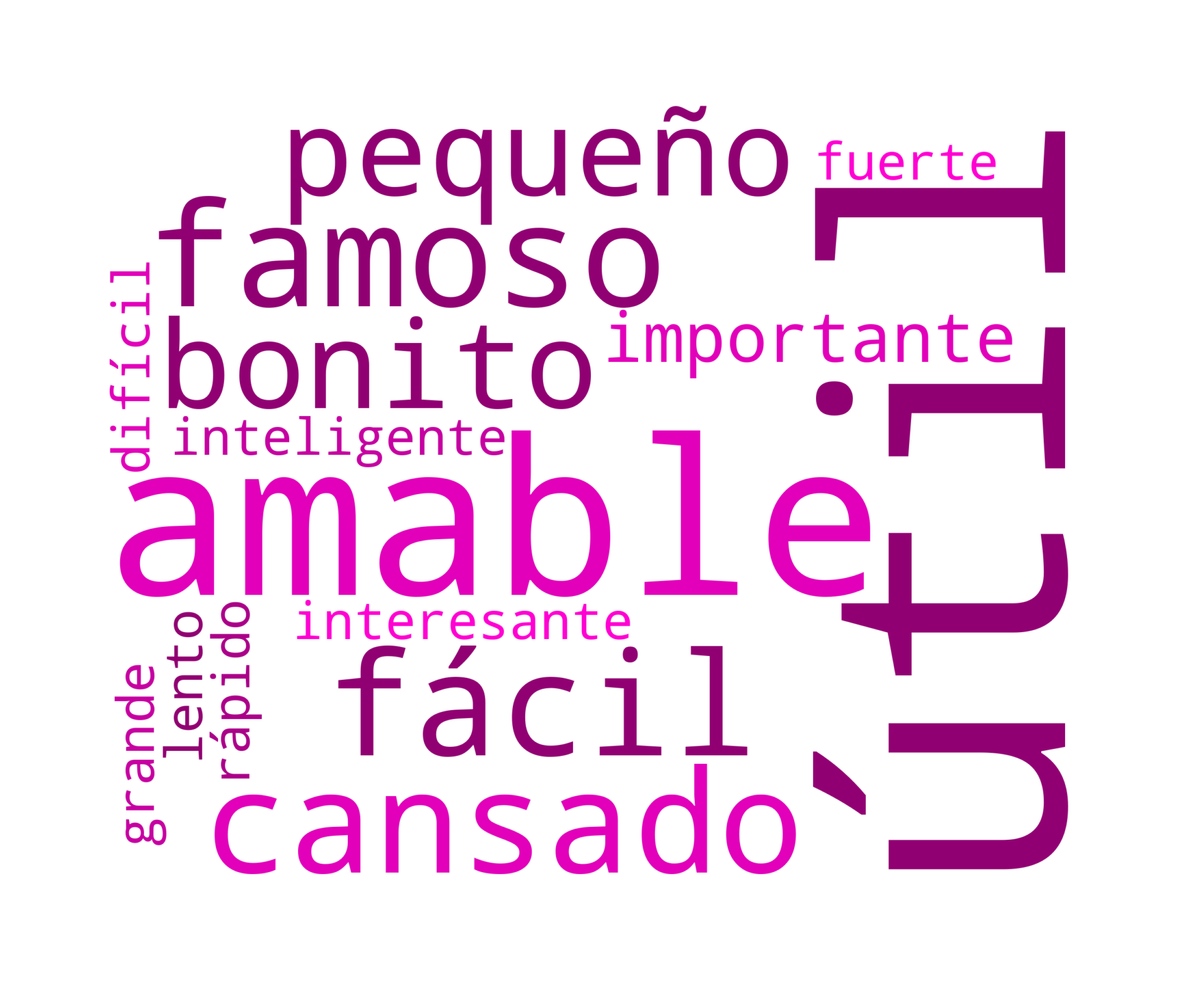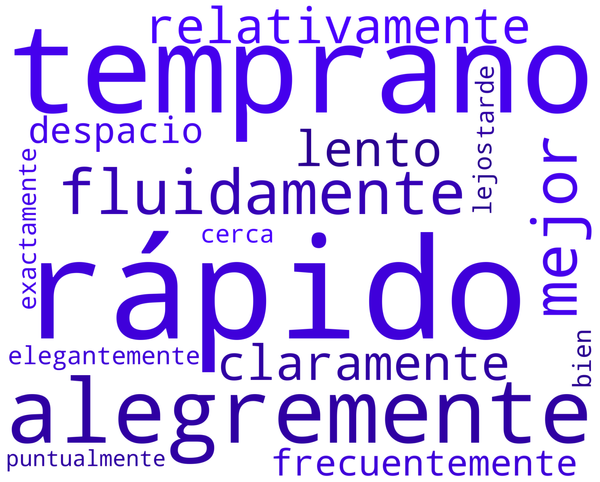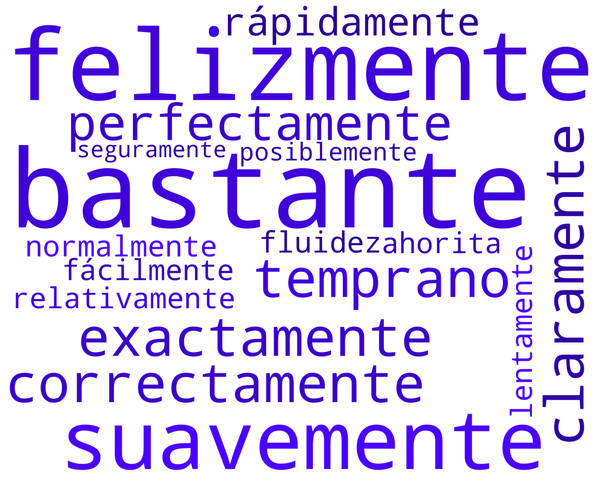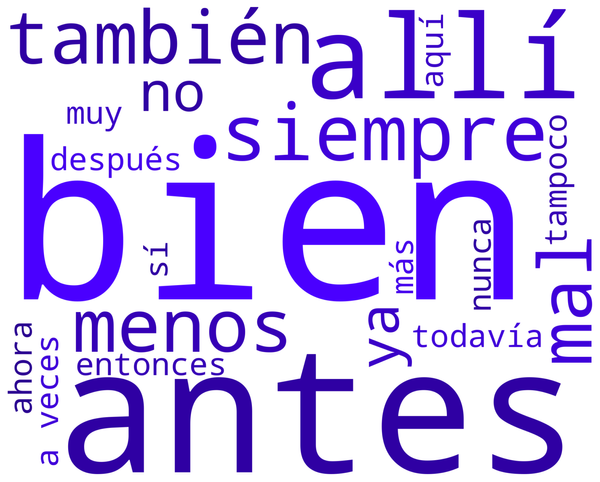3. Spanish Adjectives: Comparisons and Superlatives
Compare in Spanish with ease—más/menos, tan como, and superlatives for everyday chats.

This is the 3rd of a 6 part series on Adjectives.
- Intro to Spanish Adjectives: Agreement & Placement
- Formation and Placement
- Comparisons and Superlatives
- Past Participles
- Todo
- Indefinite Adjective
When I first learned Spanish, I remember feeling excited whenever I could describe one thing as “bigger” or “smaller” than another. You might feel that way, too. Making comparisons and forming superlatives is a big step toward fluency. Let’s explore how to do this naturally in Spanish, from everyday phrases to more complex examples.
Comparisons of Inequality
flowchart TB
A((Comparisons of Inequality))
A --> B["más + adjective/adverb/noun + que (more ... than)"]
A --> C["menos + adjective/adverb/noun + que (less/fewer ... than)"]
B --> B1["Ejemplo: Pedro es más alto que su hermano."]
C --> C1["Ejemplo: Tengo menos dinero que antes."]
In Spanish, we often compare two things by saying one has more or less of something than the other. You can say:
más + adjective + que (more … than)
menos + adjective + que (less … than)
Here are some simple examples:
- Ellos aprendieron más inglés que español.
(They learned more English than Spanish.) - Puedes comprar una casa más grande que si vas a vivir a otro lugar.
(You can buy a bigger house than if you go live somewhere else.) - Este libro es menos interesante que el que leímos el año pasado.
(This book is less interesting than the one we read last year.)
Comparisons of Equality
flowchart TB
A(("Comparisons of Equality"))
A --> B["tan + adjective/adverb + como 'as ... as'"]
A --> C["tanto(a/os/as) + noun + como 'as much/many ... as'"]
B --> B1["Ejemplo: Carlos es tan rápido como Luis."]
C --> C1["Ejemplo: Tengo tanta paciencia como tú."]
To say that two things have the same degree of a certain quality, you use:
tan + adjective + como (as … as)
- No te sientes tan seguro como antes.
(You don’t feel as safe as before.) - Él nunca había conocido a una mujer tan bonita como yo.
(He had never met a woman as beautiful as me.)
Superlatives
flowchart TB
A((Superlatives))
A --> B["Relative Superlative
el/la/los/las + más/menos + adjective + de
the most/least ... of/in"]
A --> C["Absolute Superlative
adjective + -ísimo(a/os/as)
very/extremely ..."]
B --> B1["Ejemplo (relativo):
Juan es el más alto de sus hermanos."]
C --> C1["Ejemplo (absoluto):
La película es buenísima."]
Superlatives convey the idea that something is at its maximum or minimum. In English, think of the words “biggest,” “cheapest,” or “least important.” In Spanish, form them by combining the definite article (el, la, los, las) with más or menos, followed by the adjective. Remember that adjectives agree in gender and number with the noun.
- Las ciudades más baratas para vivir
(The cheapest cities to live in) - Eso fue el peor viaje de mi vida.
(That was the worst trip of my life.) - ¿Cuál fue el momento más feliz de tu vida?
(What was the happiest moment of your life?)
Notice that if an adjective normally follows the noun, you place the superlative form there, too. If it comes before the noun, keep it there.
Irregular Adjectives
flowchart TB
A((Irregular Adjectives))
A --> B["bueno (good)
mejor (better)
el/la mejor (the best)"]
A --> C["malo (bad)
peor (worse)
el/la peor (the worst)"]
A --> D["grande (big)
mayor (bigger/older)
el/la mayor (the biggest/oldest)"]
A --> E["pequeño (small)
menor (smaller/younger)
el/la menor (the smallest/youngest)"]
Certain adjectives don’t follow the usual “más + adjective” pattern. Instead, they have unique comparative and superlative forms.
| Adjective | Comparative / Superlative |
|---|---|
| bueno (good) | mejor (better / best) |
| malo (bad) | peor (worse / worst) |
| grande (big) | mayor (bigger / biggest) |
| pequeño (small) | menor (smaller / smallest) |
For example, you say mejor instead of más bueno:
- Creo que esa sería la mejor manera de hacerlo.
(I think that would be the best way to do it.)
Exercises
Try these exercises to boost your confidence:
- Rewrite the sentences with más / menos + adjective + que or tan + adjective + como:
- a) Este café es muy fuerte. Aquel café es menos fuerte. (Use “fuerte”)
- b) Mi perro corre rápido. Tu perro corre igual de rápido. (Use “rápido”)
- c) Mi hermana estudia mucho, pero yo estudio más. (Use “estudioso/a”)
- Form superlative sentences using el/la/los/las + más / menos + adjective:
- a) “Esta casa es grande.” Make it: “This is the biggest house I have ever seen.”
- b) “Estas flores son bonitas.” Make it: “These are the prettiest flowers in the garden.”
- Fill in the correct irregular form (mejor, peor, mayor, menor):
- a) Mi hermano es ________ que yo. (older)
- b) Esta película es ________ que la última. (worse)
- c) Ella compró el teléfono ________ de todos. (best)
Click to reveal Answers
- a) Este café es más fuerte que aquel.
- b) Mi perro corre tan rápido como el tuyo.
- c) Soy más estudioso/a que mi hermana.
- a) Esta es la casa más grande que he visto.
- b) Estas son las flores más bonitas del jardín.
- a) Mi hermano es mayor que yo.
- b) Esta película es peor que la última.
- c) Ella compró el teléfono mejor de todos.
AI Prompts for Additional Practice
- Act as a Spanish Grammar Instructor. I want to learn how to form and use “más/menos... que” and “tan... como” in Spanish. Explain these comparison structures in simple steps, give a few examples, and then provide a short quiz to confirm I understand. [Open in ChatGPT]
- Act as a Conversation Practice Partner. My goal is to get comfortable using Spanish comparisons in everyday talk. Pretend we are discussing our favorite hobbies. Ask me questions that prompt me to use “más,” “menos,” and “tan…como,” and then suggest corrections if I make mistakes. [Open in ChatGPT]
- Act as a Writing Reviewer. I want to write a short paragraph in Spanish using superlatives and irregular comparatives like “mejor,” “peor,” “más grande,” etc. Give me feedback on my grammar, spelling, and word choice. Then offer one or two improved sentences. [Open in ChatGPT]
Wrap-Up
If you keep practicing these patterns, you'll notice comparisons and superlatives popping up in everyday conversation. It might feel tricky at first, but soon you'll be comparing and describing everything around you with ease.
Well done. Let's move on to the next lesson!
Attribution
Adapted from Comparisons and Superlatives with Adjectives under a CC BY-NC-SA 4.0 license.




